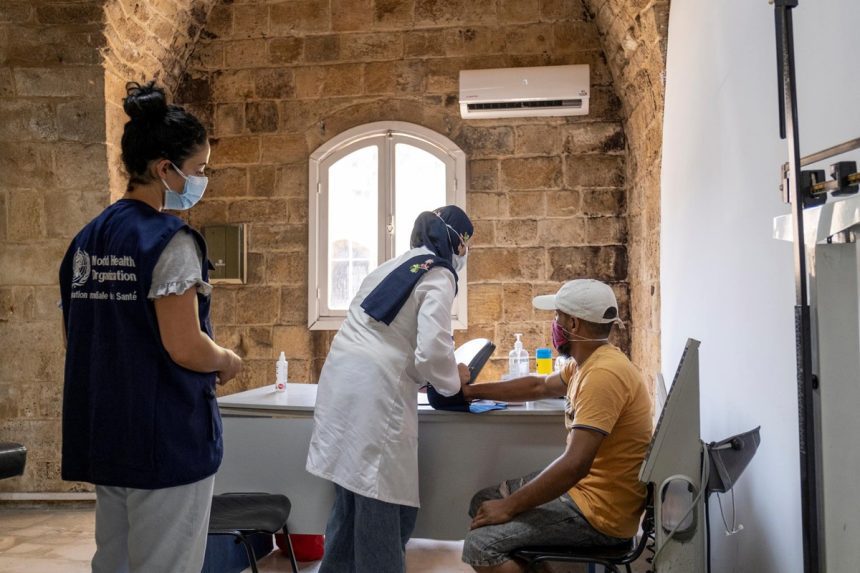New WHO Guidelines for Influenza Patient Management: A Comprehensive Overview
The World Health Organization (WHO) has released a fresh set of guidelines aimed at enhancing the management of influenza patients. These guidelines are intended primarily for healthcare professionals who care for individuals infected with the influenza virus and will also serve as a vital resource for policymakers and stakeholders involved in epidemic and pandemic preparations.
Understanding Influenza and Its Global Impact
Influenza is an infectious viral illness that manifests globally. Annually, it affects around one billion individuals, with estimates ranging between 3 to 5 million cases leading to severe respiratory issues. Furthermore, seasonal flu contributes significantly to mortality rates, causing approximately 290,000 to 650,000 deaths each year due to respiratory complications linked to the virus.
The Role of Animal Influenza Viruses
In addition to seasonal strains, animal-origin influenza viruses—most notably avian and swine flu—can sporadically infect humans. These infections can lead to a spectrum of health issues from mild conjunctivitis to life-threatening pneumonia or death. While current animal influenza variants have not demonstrated efficient human-to-human transmission capabilities, they continue to pose a future pandemic risk.
Treatment Recommendations Included in the Updated Guidelines
This revision offers guidance on antiviral treatments alongside therapies such as corticosteroids designed for immune system modulation. The recommendations cater not only to prevalent seasonal influenzas but also account for potential pandemic strains and novel type A viruses known for their severe impact on human health.
A Collaborative Approach Backed by Expert Analysis
A diverse group comprising experts in clinical practice, ethics, patient advocacy, methodology specialists, and others critically reviewed available evidence using structured guidelines development methods known as the Grading of Recommendations Assessment, Development and Evaluation (GRADE) framework. This collective effort ensures that the recommendations provided are both reliable and actionable.
A Broader Context: WHO’s Ongoing Efforts Against Influenza
The newly established guidelines form part of WHO’s comprehensive strategy against influenza outbreaks which includes initiatives like the Global Influenza Surveillance and Response System (GISRS) along with its Pandemic Influenza Preparedness (PIP) framework aimed at bridging gaps in access to essential medical resources needed during health crises.






